In this issue: * Science on the Slopes of Mount McKinley * Brown Bear Activity Patterns in Katmai * Attu, A Lost Village of the Aleutians * Using Scenarios to Prepare for Climate Change ... and more!
-
Denali National Park & Preserve
Article 1: Science on the Slopes of Denali
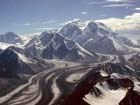
Learn how scientists, as well as adventurers, made their mark in learning about North America’s highest peak and the conditions that prevail there. Read more
-
Denali National Park & Preserve
Article 2: Reclamation of Mined Lands in Kantishna
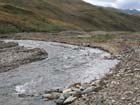
How to you restore a creek filled with debris and arsenic, legacies of gold mining from nearly a century ago? Find out with this review of the restoration of Denali's Caribou Creek. Read more
-
Kenai Fjords National Park
Article 3: Climate Change Segmentation Groups at Kenai Fjords National Park: Insight Into Visitor’s Perceptions
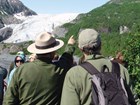
Recently the National Park Service announced initiatives to interpret and communicate global climate change to park visitors. During the summer of 2010, researchers investigated Kenai Fjords National Park visitors’ attitudes about global climate change and climate influenced park resources. The purpose was to gain insight into visitor awareness regarding climate influenced park resources, visitor belief in the occurrence, and human influence on climate change. Read more
-
Article 4: Describing Brown Bear Activity Patterns Using Time-Lapse Photography in Katmai National Park and Preserve
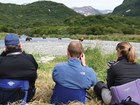
Katmai National Park and Preserve (Katmai), located on the Alaska Peninsula, is home to one of the largest protected populations of brown bears (Ursus arctos) in the world. Learn more about how scientists used time-lapse cameras to describe their activity patterns! Read more
-
Aleutian Islands World War II National Historic Area
Article 5: Attu, A Lost Village of the Aleutians
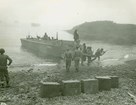
Attu was one of the remote Aleutian villages left behind during World War II. After the Japanese bombed Dutch Harbor, the U.S. Government evacuated Unangax̂ (Aleut) residents of the islands and took them to camps in the Southeast Alaska for protection. In Attu, residents were held prisoner by Japanese forces, and many died from malnutrition and starvation. They were not permitted to return to Attu when they returned. Read more
-
Article 6: Behind the Scenes: Geospatial Technologies Used at Branch SAR
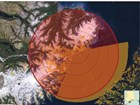
The objective of any search and rescue (SAR) mission is to locate and provide aid to persons who are missing and feared to be in distress. A SAR incident management team can employ geographic information systems (GIS) to evaluate the current situation and manage the search operation. Ultimately, the use of GIS during a SAR mission may reduce operational costs and response times by allowing for a systematic approach to searching an area of interest. Learn more. Read more
-
Article 7: Using Scenarios to Prepare for Climate Change in Alaska National Park System Areas
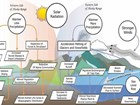
Changing climatic conditions are rapidly impacting environmental, social, and economic conditions in and around National Park System areas in Alaska. With over 50 million acres of parklands to administer, Alaska park managers need to better understand possible climate change trends to better manage arctic, subarctic, and coastal ecosystems and human uses of these areas. Climate change scenarios will help them make informed decisions with the least regrets for future outcomes. Read more
-
Article 8: The Nature of Art: Communicating Park Science, Nature and Culture through Art
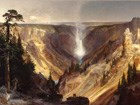
Art has entwined nature, culture, and science for centuries. Alaska’s artistic heritage is part of a long and important tradition for understanding, sharing, and preserving parks and related protected areas. Long before the concept of the parks was framed, artists and their art works were already inspiring support for exploration, and sometimes for protection of the special places they knew. Read more
